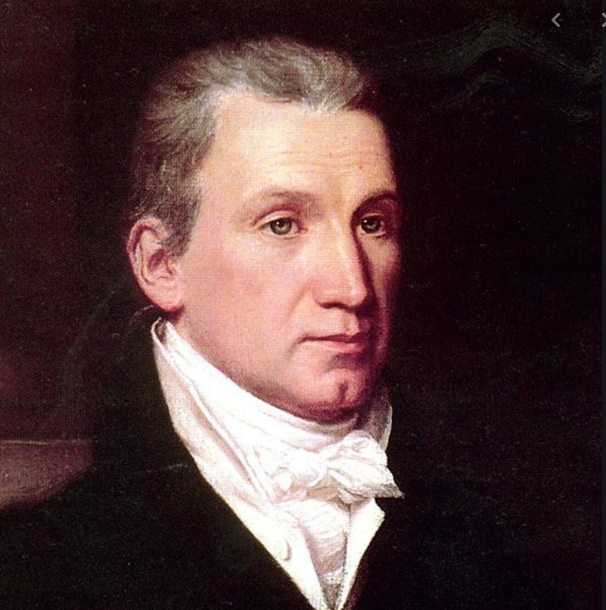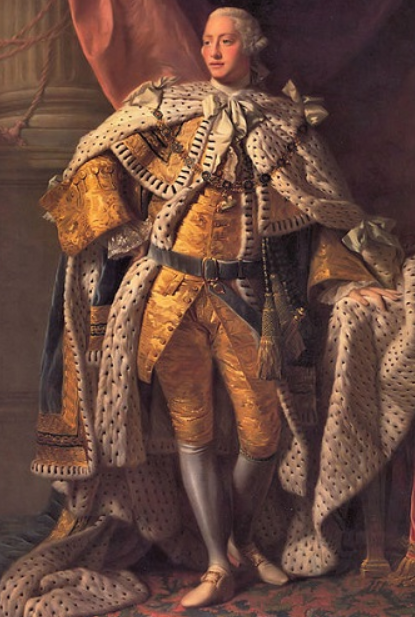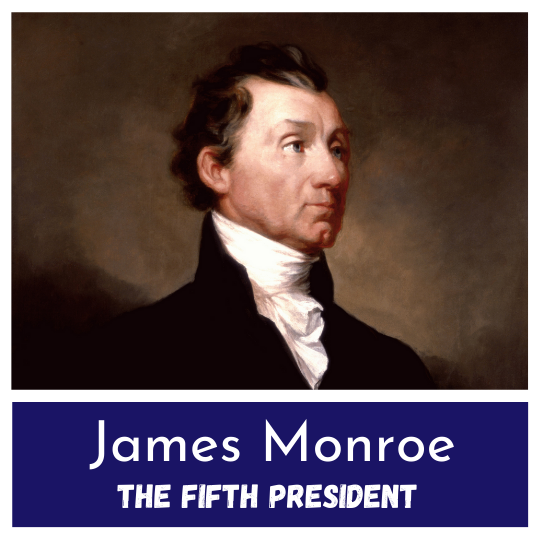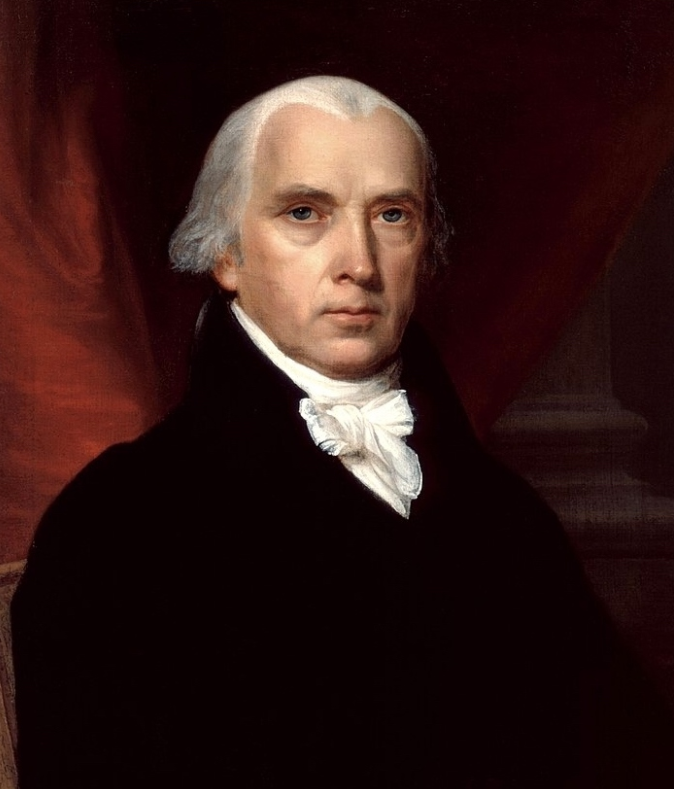James Monroe at War - The Youthful Service of a Future President
We usually remember James Monroe as the fifth President of the United States.
Unfortunately, it is easy to forget how he got there. It is even easier to forget that he was a hero of the Revolutionary War.
Let’s take a look at his service with the Continental Army.
James Monroe Goes To War
In September of 1775, a 17-year-old James Monroe dropped out of the College of William and Mary to join the Continental Army.
Monroe had many well-placed connections, including his uncle Joseph Jones. Jones was able to use his position in the Virginia House of Burgesses to secure James an officer’s commission.
Despite his young age, Monroe excelled in reading and writing and so was named a Lieutenant. He joined the 3rd Virginia Regiment which was led by Colonel Thomas Marshall (father of Monroe’s future rival John Marshall). James’ Company was captained by William Washington, a cousin of the Commander-in-Chief.
Wounded at Princeton
Monroe and his comrades trained for several months before heading north to meet with the Main Army. They arrived in New York just in time to join the retreat to Pennsylvania in the aftermath of the disastrous Battle of Brooklyn.
James was a young man who was eager to join the fight, and that opportunity arose with the surprise attack against the German mercenaries at the Battle of Trenton.
Monroe ran in alongside William Washington and the two heroically captured an enemy cannon before it could be used against the Americans.
Unfortunately, both were wounded. Monroe, in particular, had been struck in the shoulder and probably severed an artery as he almost bled out yet somehow narrowly escaped death.
Failed Recruiter
After several months of healing, James Monroe was commissioned as a Captain and sent to Virginia to recruit men.
Along the way, he stopped in Philadelphia to meet with Director of Hospitals William Shippen, Jr. James had been sent by General Washington to collect ointments for smallpox which had broken out at Mount Vernon.
Upon his return home, Monroe attempted to raise his Company, but was unable to do so. This was largely due to his limited personal wealth and therefore inability to pay soldiers (who were mostly older than him) to follow him to war.
Aide-de-Camp
Monroe returned to the Main Army where, despite his earlier failure, he was promoted to Major and named an aide-de-camp to Lord Sterling.
James spent a year and a half working with Sterling, including overseeing parts of the Battle of Monmouth.
Desiring a field command, Monroe resigned his position with Sterling and returned to Virginia where he was again given the opportunity to raise a Company, this time for action in the Carolinas. Unfortunately, he was once again unable to recruit the appropriate number of men.
Farewell to Arms
After five years of war, the now-22-year-old James Monroe decided it was time to leave the Continental Army.
Instead, he went to Williamsburg and began studying law under the sitting Governor...Thomas Jefferson. This relationship would eventually turn into multiple decades worth of leadership in the young nation.
James did partially serve the military one last time when Jefferson sent him to the Carolinas as a sort of proto-war correspondent, letting the Governor know what was going on with the army.
Soon thereafter, Monroe was elected to the Virginia Assembly who sent him as a Representative to the Continental Congress.
His time as a soldier had ended, but a long career to the highest offices in the land was just beginning.
James Monroe has appeared in many articles I have written.
Here are a few of my favorites:
7 Important Events in James Monroe’s Life
Madison Beats Monroe - The Small Election with Big Implications
The Constitutional Society of Virgini
Despite being a President of the United States, James Monroe is an extremely underrated Founder.
‘The Last Founding Father’ is one of the best of many books written about a person who was involved throughout the American Founding. From his time as a young man at war to Commander-in-Chief during the Era of Good Feelings.
If you’d like a copy you can get one through the Amazon affiliate link below (you’ll support this site, but don’t worry, Amazon pays me while your price stays the same).
Want to get fun American Revolution articles straight to your inbox every morning?
Subscribe to my email list here.
You can also support this site on Patreon by clicking here.
Thanks for your support!






